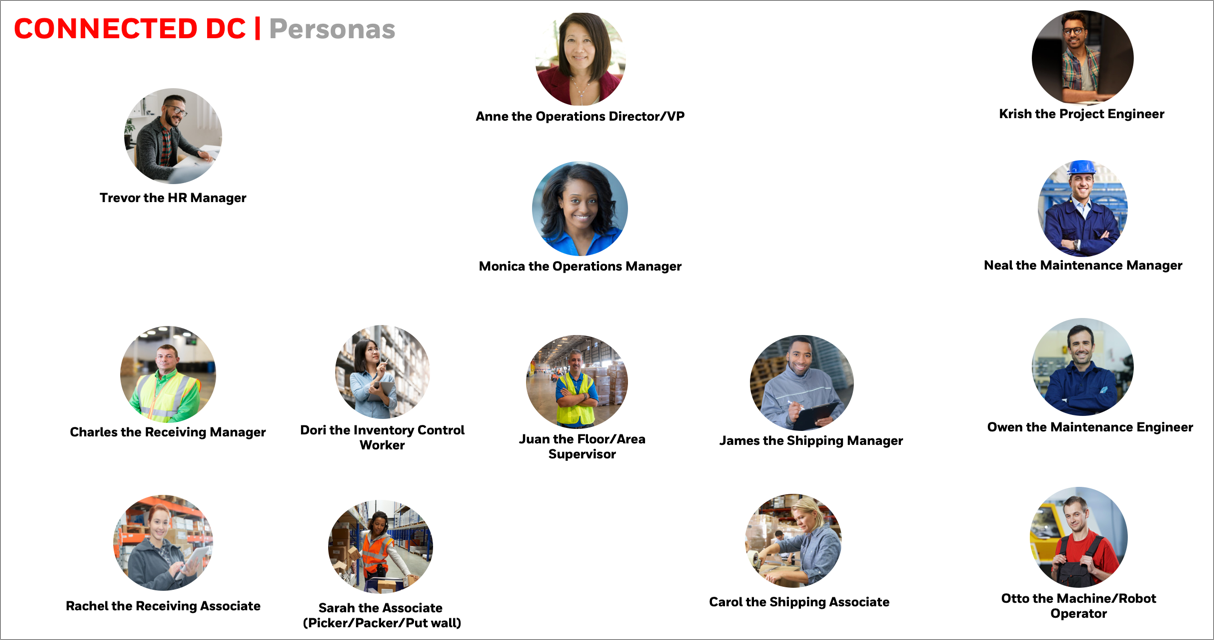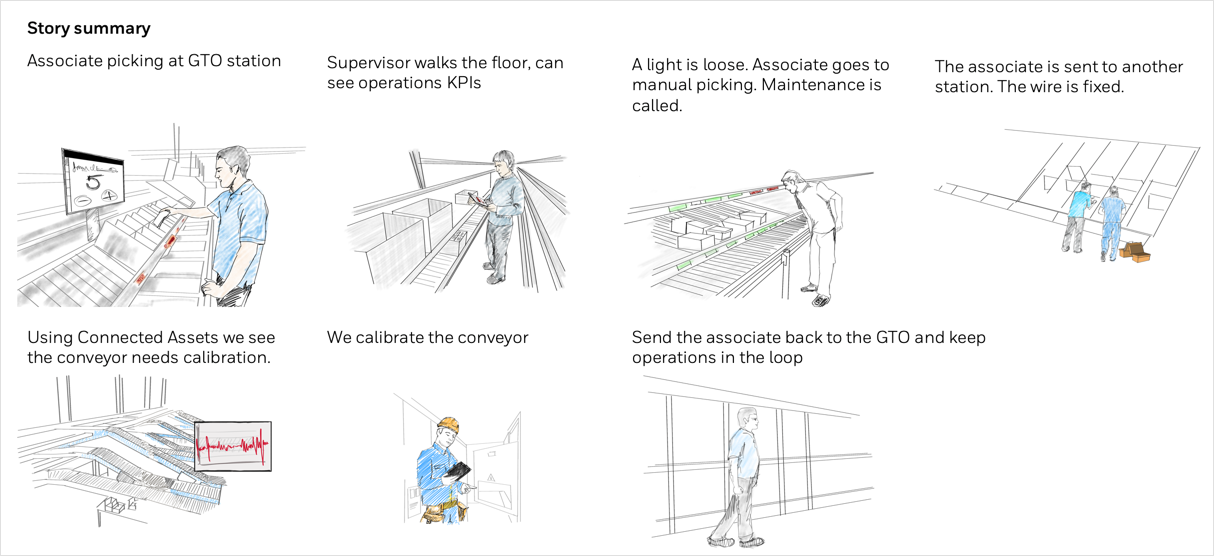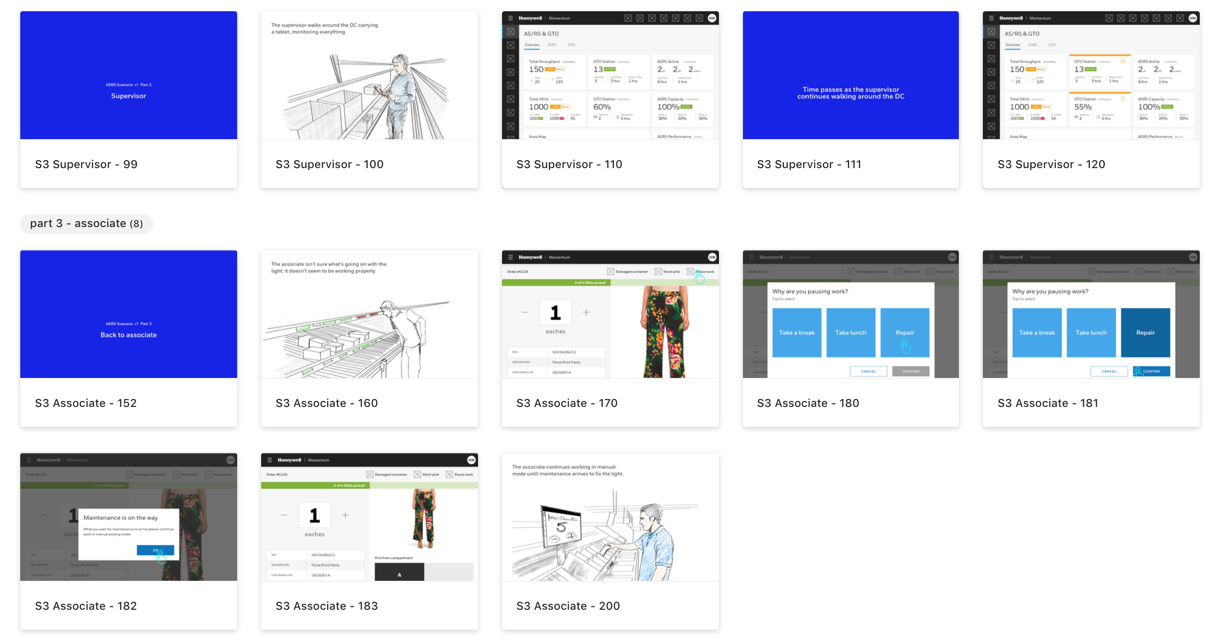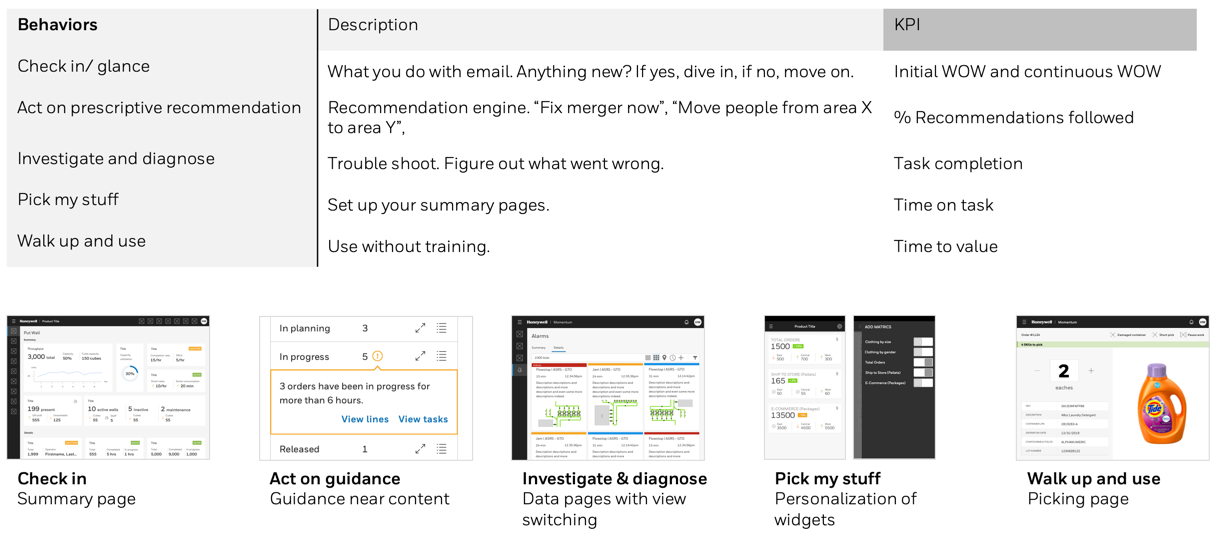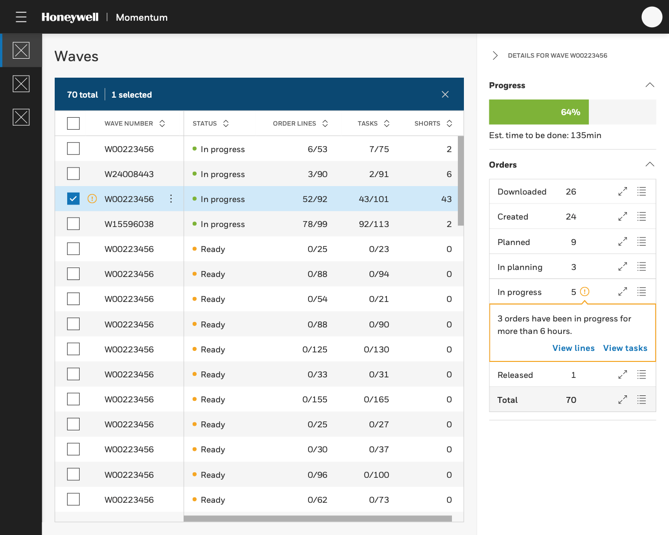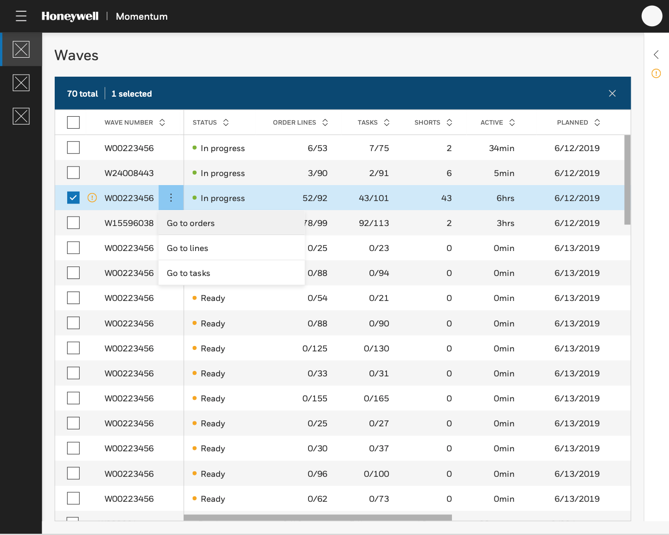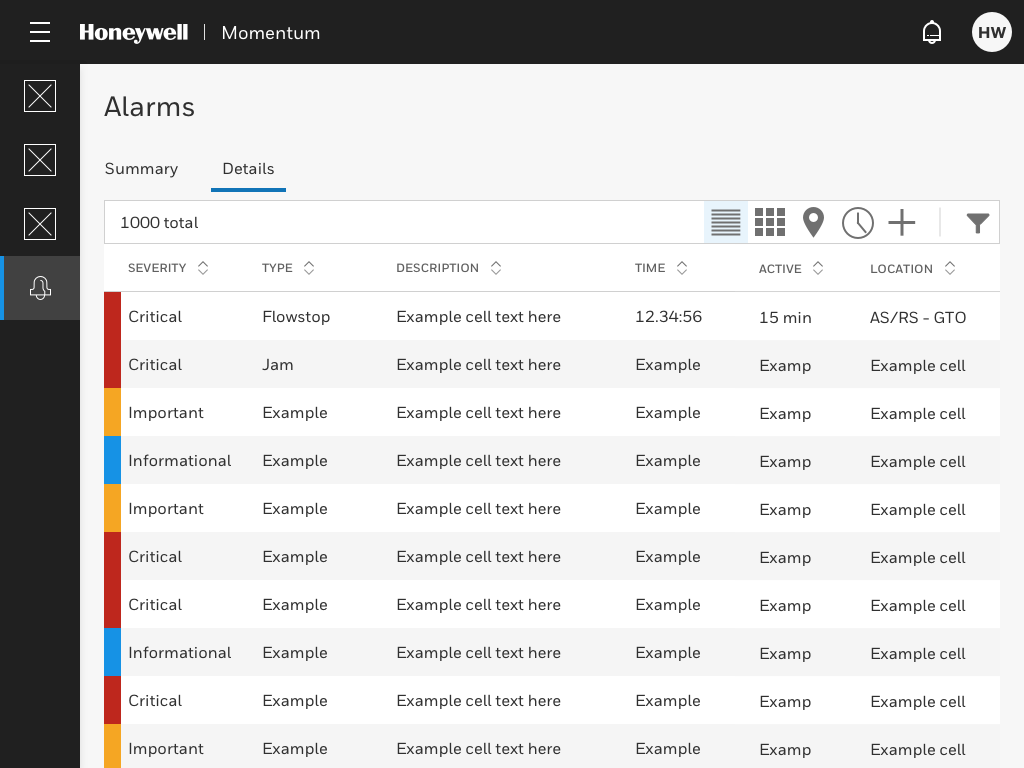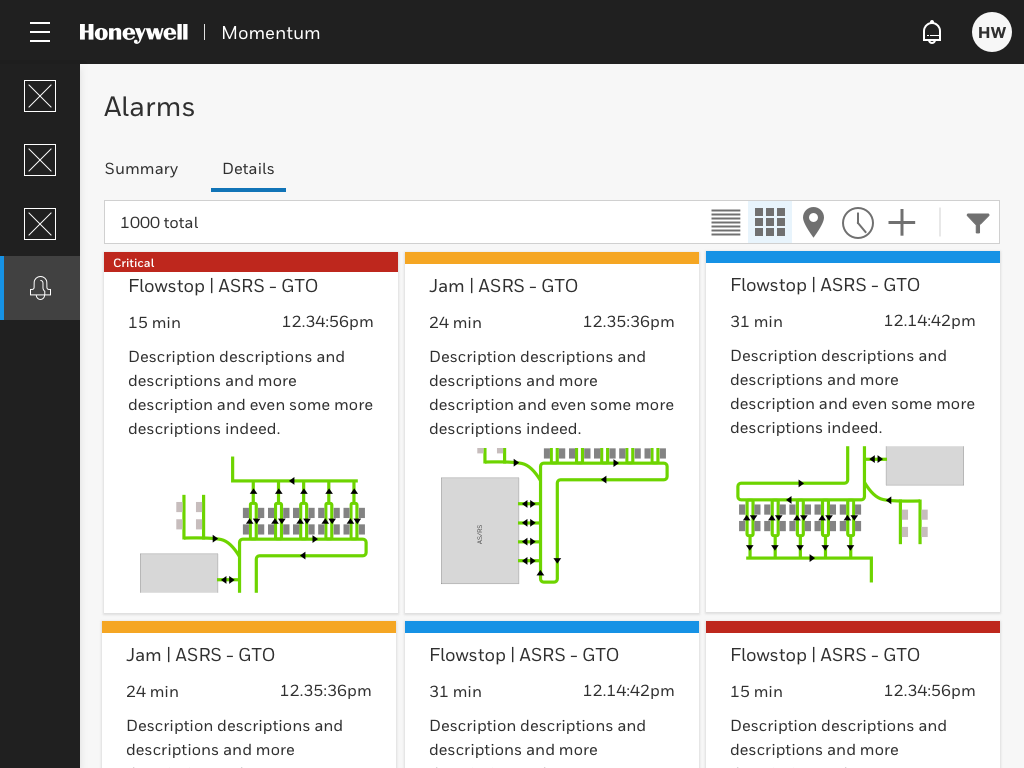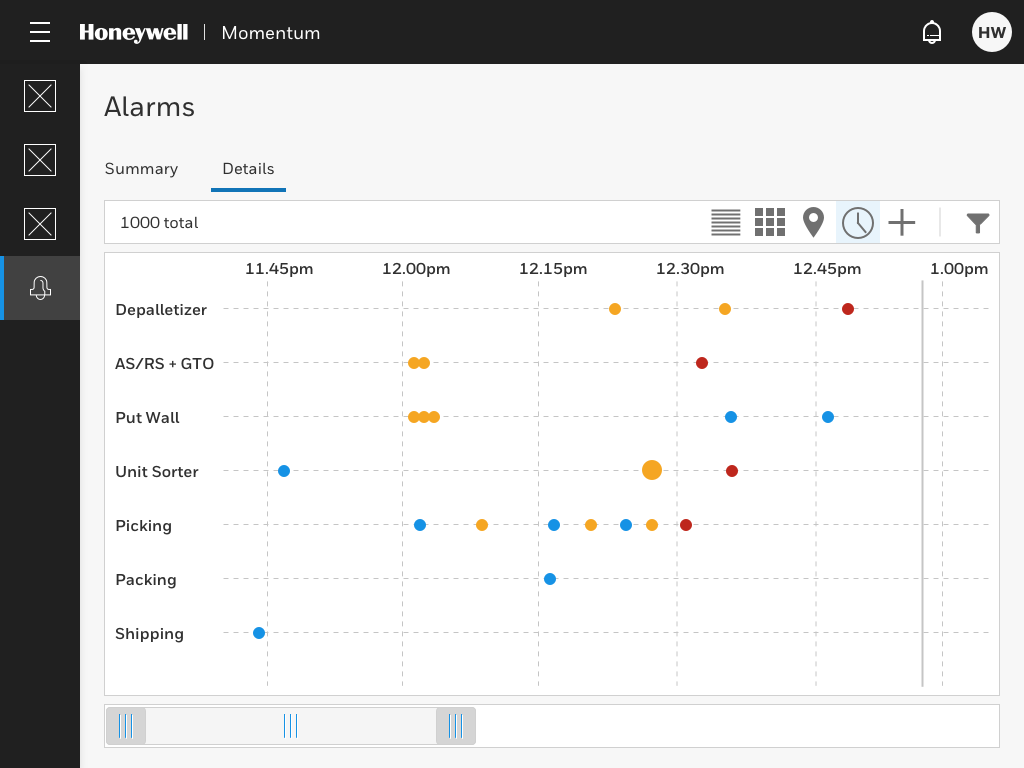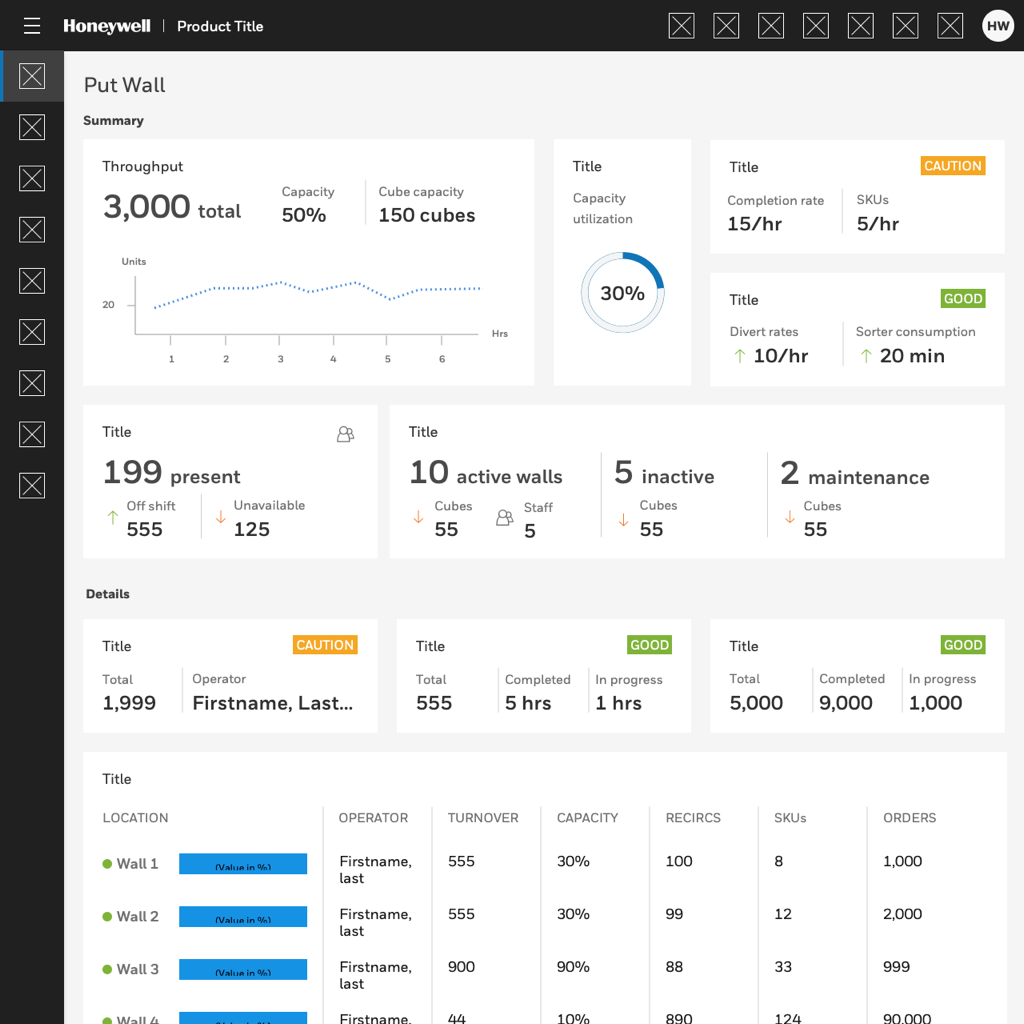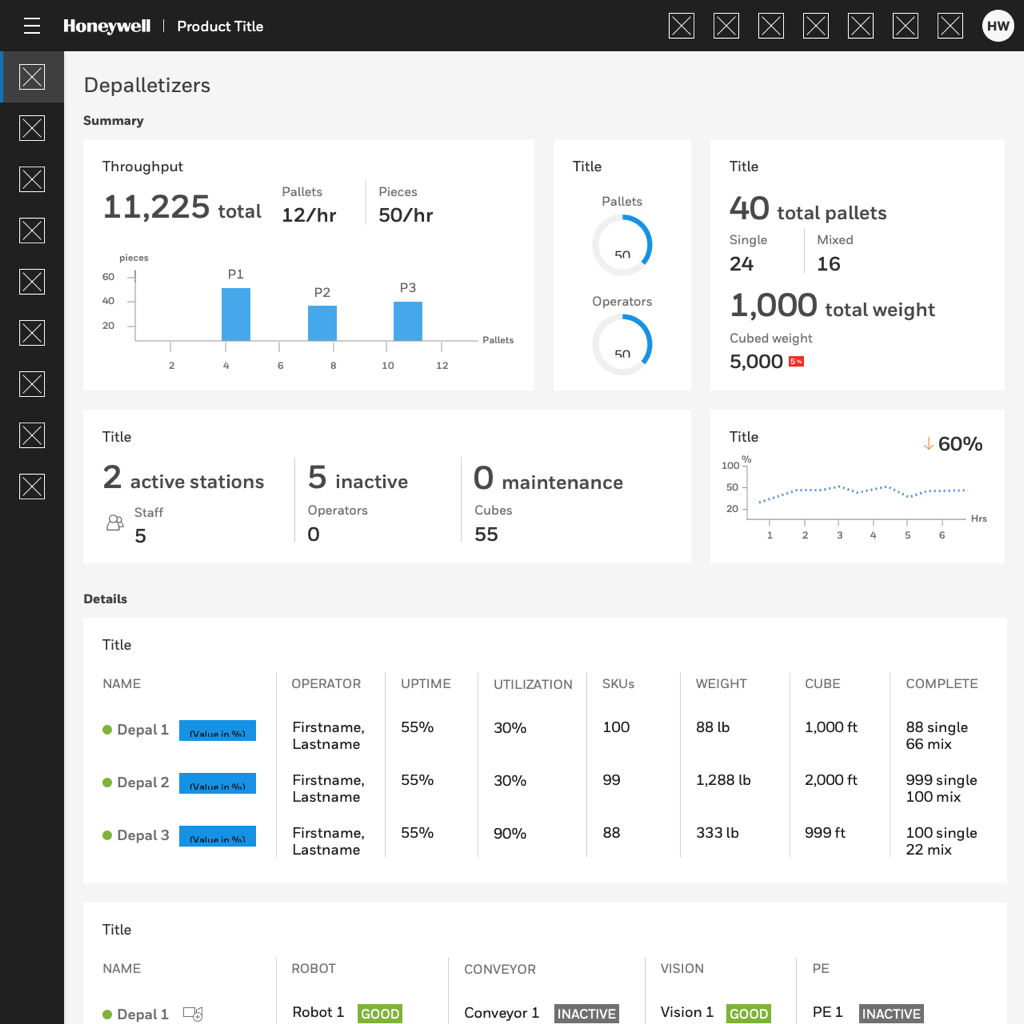User Research
During the project my research team has been excellent in building a deep understanding of the subject matter and in making this knowledge actionable to the designer and product managers.
The research team has set up a consistent cadence of usability tests, customer interviews, weekly meetings with internal consultants at customer sites to get design feedback. And of course, a broad and deep set of personas.
